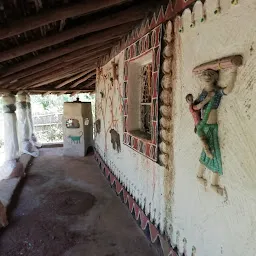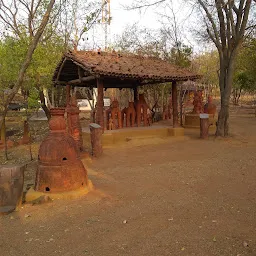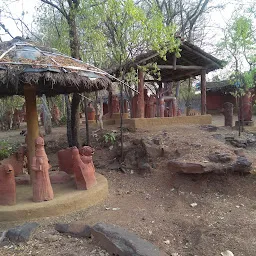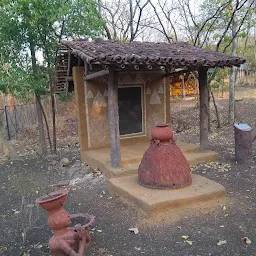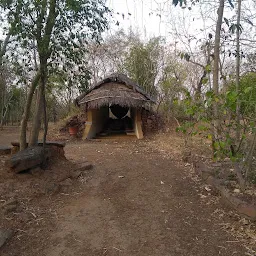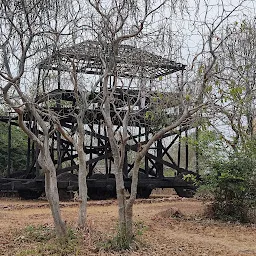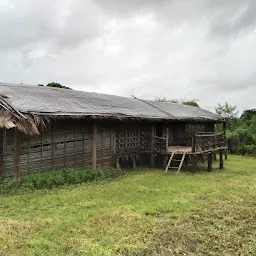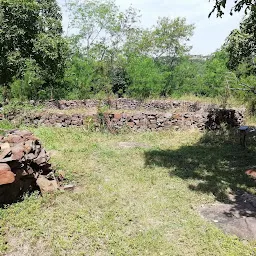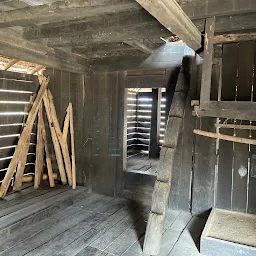Rajwar Tribal Habitat- Manav Sanghrahalaya, Bhopal
Manav Sanghrahalaya, Shymala Hills, Bhopal, Madhya Pradesh 462002, IndiaRajwar Tribal Habitat- Manav Sanghrahalaya, Bhopal is a tourist attraction located in Bhopal, Madhya Pradesh. The average rating of this place is 5.00 out of 5 stars based on 3 reviews. The street address of this place is Manav Sanghrahalaya, Shymala Hills, Bhopal, Madhya Pradesh 462002, India. It is about 1.48 kilometers away from the Rangmahal railway station.
- Where is Rajwar Tribal Habitat- Manav Sanghrahalaya, Bhopal located?
- Rajwar Tribal Habitat- Manav Sanghrahalaya, Bhopal is located at Manav Sanghrahalaya, Shymala Hills, Bhopal, Madhya Pradesh 462002, India.
- What is the nearest railway station from Rajwar Tribal Habitat- Manav Sanghrahalaya, Bhopal?
- Rangmahal railway station is the nearest railway station to Rajwar Tribal Habitat- Manav Sanghrahalaya, Bhopal. It is nearly 1.48 kilometers away from it.
Dhruv Bhargava 36 months ago
Rajwar Tribal Habitat in Manav Sangrahalay located Shymala Hills Bhopal. Rajwar Tribal Habitat is very good tourist attraction in Bhopal. The open air exhibition display the houses of tribal communities from almost all over the country and Bhai tribes of Madhya Pradesh. Rajwar & Kamar people of Chhattisgarh, Bhumaji from West Bengal, Jatapu from Andhra Pradesh,Warli from Maharashtra, Choudhary and Rathwa tribes of Gujarat, Santhal from Jharkhand,etc.
Pushkar Pandey 36 months ago
One of the most beautiful dwelling Unit at Manav Sanghrahalya, Rajwar is one of the important artistic community of Chhattisgarh. Their highest concentration is found in Surguja district of Chhattishgarh. They are also found in Raigarh and Bilaspur districts this state. Agriculture is the mainstay of the Rajwar economy and paddy is grown as the main crop.
The Rajwar starts constructing their houses on Mondays only. On the first day the place is measured by erecting four small poles at each corner and tying with a rope. Thick mudwall is raised from the earthen plinth and horizontal bars are fixed above to frame out the roofing structure.
Manually prepared backed tiles having endorsed with varied figures of wild birds and animal are used for roofing the house. This makes the birds to attract and rest upon their houses. At the highest point of the roof there is a thick horizontal bar at the center called Myar Dharanm. They use the bark of a tree locally called parsa dora for tying and strengthening the wooden and bambooframework. Lattice work is greatly rendered with art works to fix the portion of the windows. The interior of the house is provided with a passage that one can freely make a round in it. Two main rooms are used for storing grains and other are meant for sleeping purposes.
After completion of the house the village headman and the Baiga (priest) are called for worship Dulha deo and Dhama deo, then only they enter into the house.
- Address
- Manav Sanghrahalaya, Shymala Hills, Bhopal, Madhya Pradesh 462002, India
